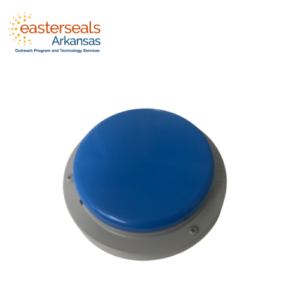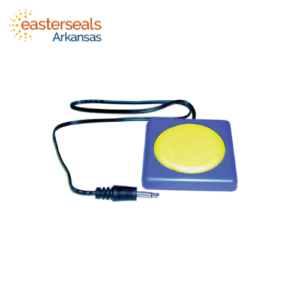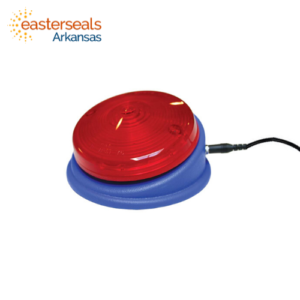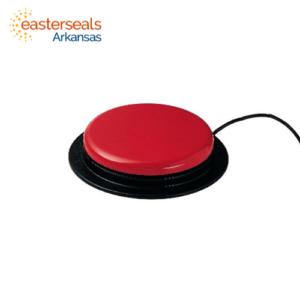-
Operates like the Big Red Switch (large 5 inch diameter plastic switch) but cordless, and sends an X-10 environmental control signal. Four modes of operation: direct, timed in seconds, timed in minutes, and latching. Includes battery. ***This item has been discontinued by the manufacturer.
-
Operates like the Big Red Switch (large 5 inch diameter plastic switch) but cordless, and sends an X-10 environmental control signal. Four modes of operation: direct, timed in seconds, timed in minutes, and latching. Includes battery. ***This item has been discontinued by the manufacturer.
-
Operates like the Big Red Switch (large 5 inch diameter plastic switch) but cordless, and sends an X-10 environmental control signal. Four modes of operation: direct, timed in seconds, timed in minutes, and latching. ***This item has been discontinued by the manufacturer.
-
Sometimes simple is best. This reliable little switch provides momentary output with merely 40 grams of pressure!
-
A wired switch featuring a 2.5-in/6.35-cm activation surface that provides an auditory click and tactile feedback. Requires 5-oz (142-g) of force to activate.
-
A wired switch featuring a 2.5-in/6.35-cm activation surface that provides an auditory click and tactile feedback. Requires 5-oz (142-g) of force to activate.
-
Its large target area and bright red color make this a great choice for those who are visually impaired. Simple to operate, this versatile switch lights up and vibrates when pressed, and will also activate an adapted toy or device. Inlcudes cord.
-
Blue2 is the most widely used Bluetooth switch interface for tablets, mobile phones, and computers. Blue2 allows you to quickly and easily connect one or two accessibility switches to your device via a Bluetooth connection. Blue2 does require switch accessible software on the device (software not included). iOS 7 or newer, macOS Mavericks 10.9 or newer, and some versions of Android already include switch control software. If you have questions about switch access on a specific software, please contact the software developer to inquire if switch access is available and what keystrokes they recognize as switch clicks.
-
Made for persons with moderate to severe upper extremity and motor disabilities. This switch features a 4.5-in/11.5-cm target area that can be activated with just 5.3-oz/150-g of force.
-
The Big Red switch provides a large 5-in/12.7-cm activation surface that activates with 5.5-oz/156-g of force. When activated, the user experiences tactile and auditory feedback. The Big Red switch is the best choice for individuals with visual impairments and/or physical disabilities that require a larger target area. Included are red, blue, yellow, and green interchangeable switch tops and a snap on clear symbol holder.
-
Felt and plastic choice boards that can be used with PECS pictures, vocabulary cards, visual choices, etc.
-
Looking for an engaging way to teach social awareness and self-regulation? Superflex, to the rescue! Kids around the world are having fun learning strategies and practicing new skills to boost their “Superflex powers,” so they don’t realize they’re improving their self-regulation and flexible-thinking abilities!











